I used to shoot a Nikon D700 professionally as a second camera to a D3, and later a D800. The D3 was the peak of my positive relationship with Nikon, and the D800 was the last Nikon camera I bought before switching to Sony – I never really liked the D800 and though I liked the the early Sonys I replaced it with less, I was happy at the time to turn my back on Nikon for my professional work because of it. The D700 though stayed in my possession – at least if my memory serves – for a while after I made the switch. It wasn’t as awesome as the D3 which just felt totally invincible to me, but the image quality was the same and I found the results out of it to be just as consistent. Ironically, the D3 died on me after I let it get a bit too wet. The D700 never let me down – it was eventually just sold after I sold of all but one of my Nikon AF lenses.
Since then, I’ve had a couple of little flurries of activity with Nikon AF gear. I’ve never really let go of a chunk of brand loyalty, and the cameras just feel so right to me. My personal history as a photographer started when I was 9 with a Nikon point & shoot, my first SLR was a Nikon, my first DSLR was a Nikon and when I started shooting professionally, that too started with a Nikon. I also used to collect the manual focus SLRs and had nearly every major model at one point (they were quite inexpensive in the mid 2000s). When I pick them up now – almost regardless of the model or what era they come from – I just feel at home with them. This is the reason that they keep ending up back in my possession. I’ve recently bought another F100 (my third), another F80 (my second), a 50mm 1.8d (third) and 85mm 1.8d (also third). I think I’m going to keep this lot this time round too – it seems daft to keep buying and selling it when I obviously have an affinity with it all. Somewhat less relevant to this story – though worth noting for a point I’ll come back to later – I’ve also recently reinvested in a bunch of much older Nikon gear from the pre-ai era. I love the look of the older cameras and lenses and love the results they produce too. My F2 went a bit wobbly so I bought an eye level viewfinder for my F, and then before I knew it, I’d bought a whole load of other pre-ai lenses I’ve had my eye on over the years – all for an absolute bargain price thanks to some kind folks on twitter too!
Having bought all that film kit – most specifically the later AF stuff – I started getting a hankering for a DSLR to mount the lenses on. There’s something a little bit special about early AF era lenses in my opinion. This isn’t unique to Nikon, though – for reasons I’ve outlined – I do have a bit of a preference for the Nikon kit especially. Lenses from this era used much more simple optical formulas. They’re far less clinical in their rendering, and perhaps thanks to the quality of their coatings combined with the simple optical formulas tend to have more “pop” to the results.
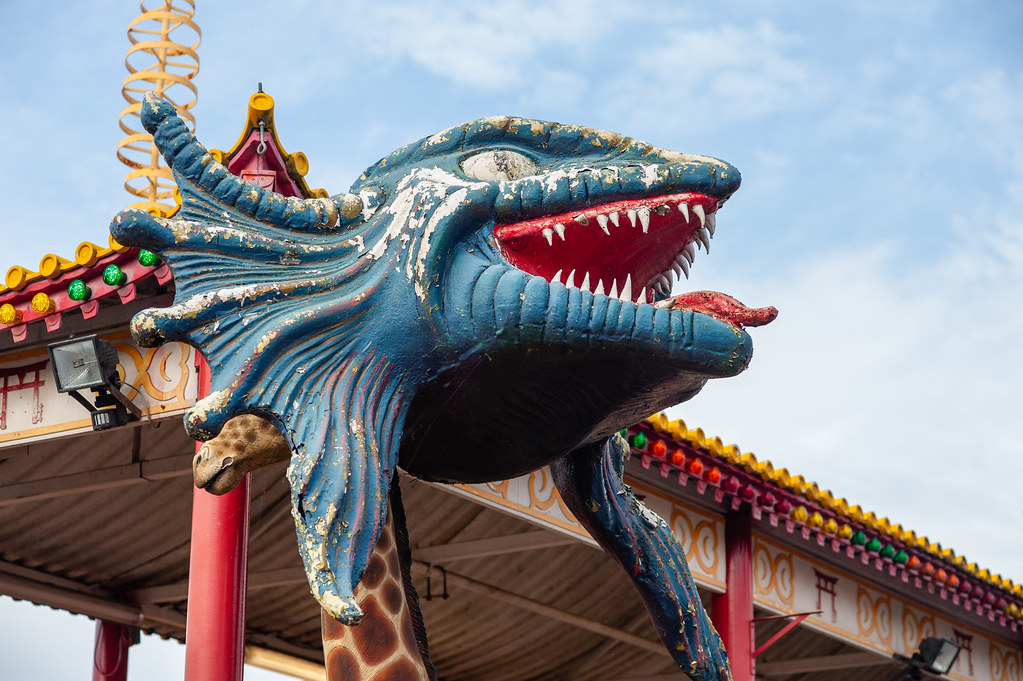
CCD CMOS… Magic?
EDIT: Since writing this, I have been rightly corrected that the D700 is CMOS rather than CCD. Whilst I stand corrected on the tech, I think the following couple of paragraphs actually go some way to emphasise the point. It doesn’t matter that it is a CMOS rather than a CCD, the point is, the colour science is perhaps less accurate or in some way less clinical than newer cameras, and this gives the images a look I really appreciate. See comments for more…
An article like this would also not be complete without mentioning the CCD sensor in the Nikon D700. There’s a lot of chatter online about the joys of old CCD sensors. As I wrote about when I discussed the sensor in the M8, I’m yet to find any truly compelling evidence for CCDs being specifically the cause for a certain look that I like out of digital cameras. I suspect it might be a case of correlation rather than causation – there’s just so many other variables at play. That being said, it’s hard to argue that cameras from the CCD era quite often render in a way that I and many others find aesthetically pleasing.
Combine this, let’s for arguments sake call it “CCD-era-look” with the contrasty pop that early AF lenses create, and I personally think there’s a little bit of magic to be found in the results. In fact, I like the look so much, that it’s pretty much what I seek out when processing images from any camera lens combination. I still do a little bit of post process on the images out of the D700, but it seems to take way less effort to get images that I find to look how I want them. I certainly don’t have to mess with the colour science in the way I still have to with the output from my Sonys.
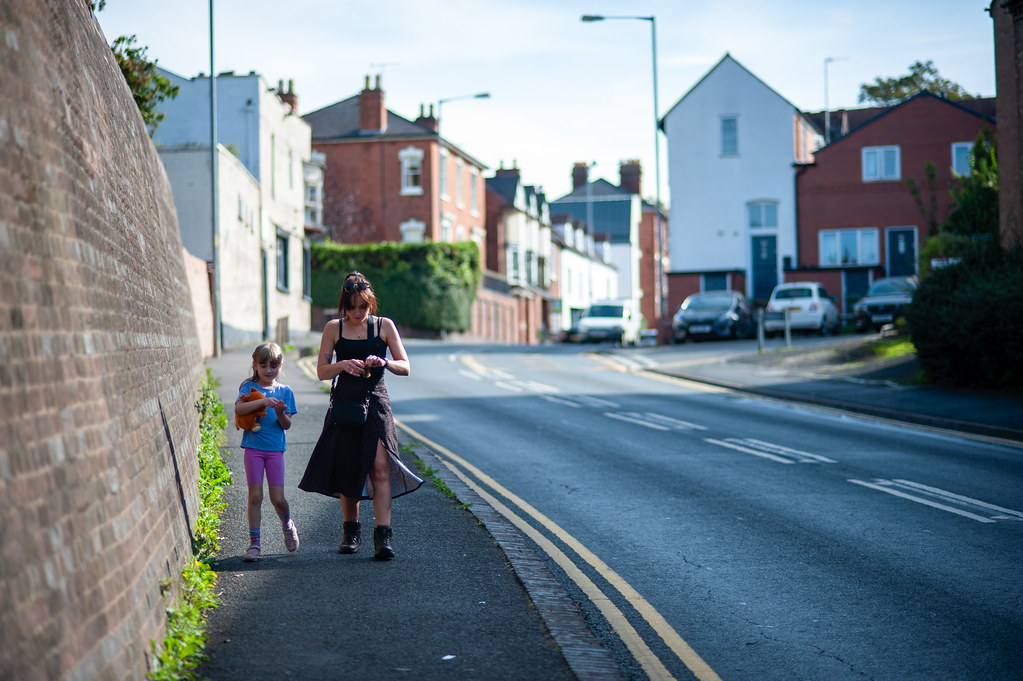
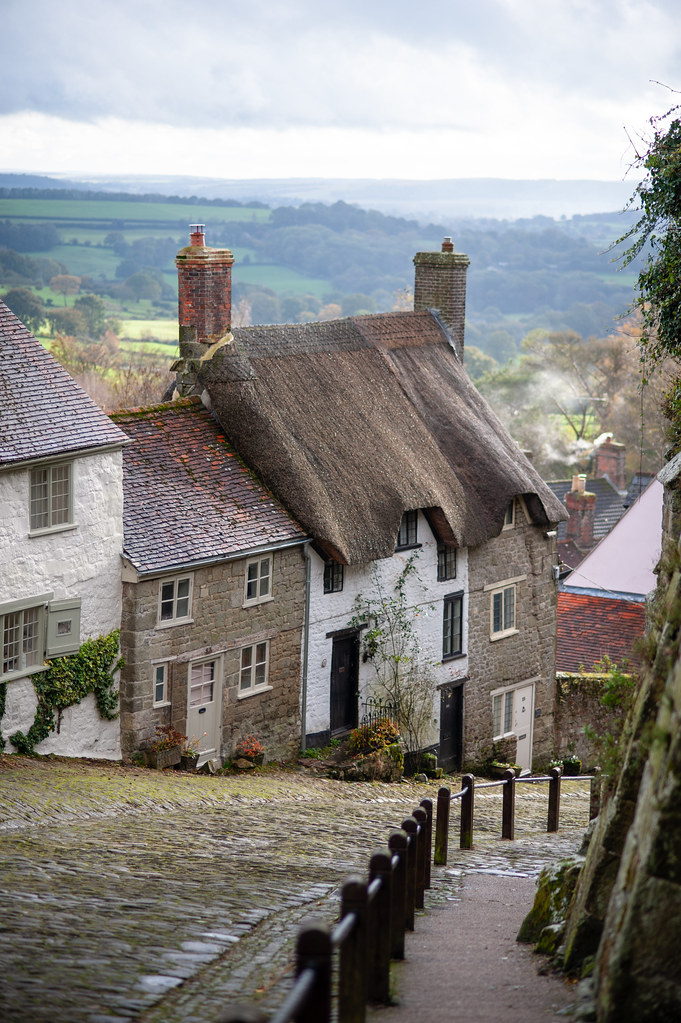
12 Megapixels for the win
Much of this is the colour and contrast of the images, but I also find the way noise is rendered out of these cameras to be quite pleasing. It’s very often said these days that you don’t need lower resolution cameras for better noise. As I understand it ‘Back Side Illuminated’ (BSI) sensors have played a big part in meaning that higher resolution cameras can have as equally great low light performance as lower resolution cameras. The Nikon D700 though comes from before that era when a 12 megapixel full frame camera meant relatively high resolution and really big pixels that drank the light. I remember being blown away by being able to shoot at 3200 ISO and getting clean images. Of course, these days I have possibly almost a 2 stop advantage over that with my Sony A7cii (I don’t hesitate to shoot at 12,800iso) but it’s not just about the cleanliness of the image, it’s how the noise looks. And the higher ISO noise out of the D700 just looks pretty good to me. It’s bigger, and more rough; dare I say more organic looking. This might be a case of rose tinted glasses, or something of a bias toward “character” over the clarity of modern cameras. But even if it is, I stand by my subjective preference – especially outside of my professional work flow where that sort of rendering is something I can enjoy without worrying that a client might be disappointed.
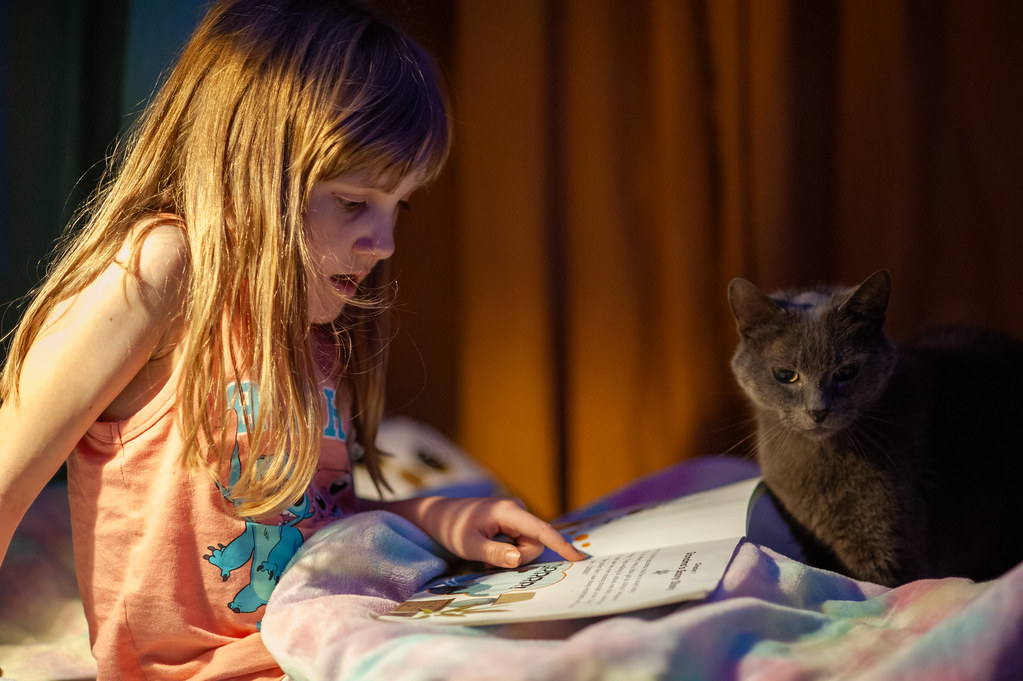
12mp also has the advantage of being far less lens or shot critical. With the 24mp (Leica M10) and even more so with the 36mp (Son7 A7cii), every bit of movement and lens softness is so much more apparent. 12mp is more forgiving. I can’t crop as much, maybe, and when I zoom in on images in Lightroom there’s not the detail I’m used to, but when I view the images as a whole I just don’t notice these shortcomings. Focusing or motion blur issues seem less of an issue too. I can sometimes still see them, but they just don’t detract as much from the image as I feel they do with higher resolution cameras/images.
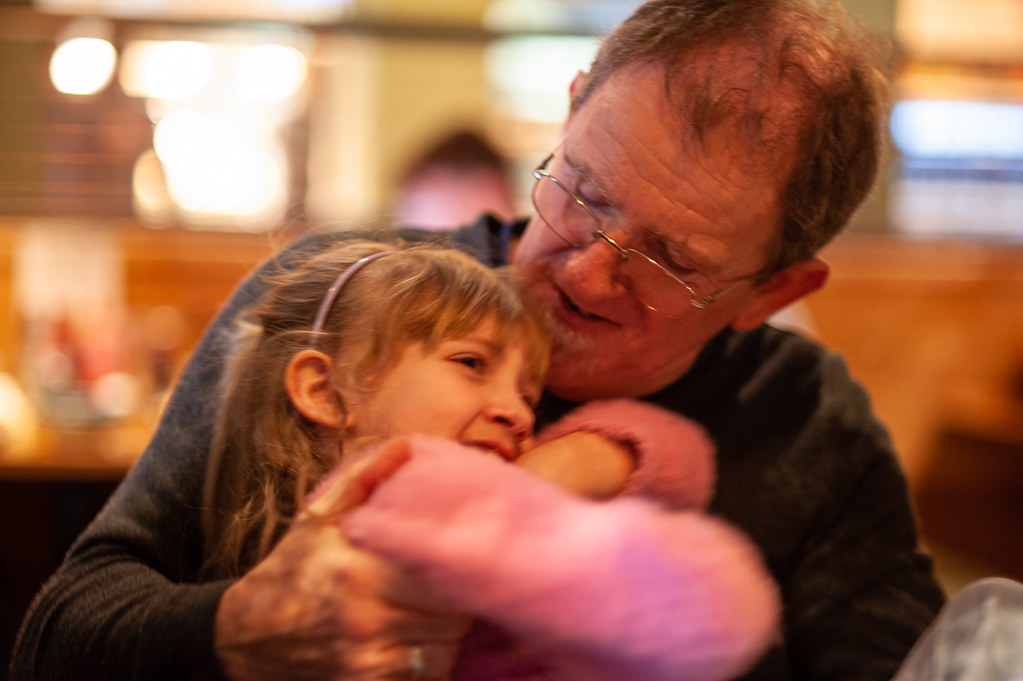
The crazy irony of all this is that when I used to shoot a Nikon D700, I used to post process the crap out of my photos. I was never satisfied with anything close to what came out of camera. But, I suspect, that was more to do with me going through that phase as a photographer where it felt like there was a need to create images that somehow looked different to everyone else’s. I also like to think that I was perhaps a product of that era of digital post processing – this was the mid-to-late 2000s after all. I wasn’t into HDR, but that’s the era we are talking about here… Either way, I’m much more appreciative of the shots as they come out of the D700 now than I was back then.

A compelling choice, even in 2023
There’s a few other factors that make the Nikon D700 feel quite compelling to me at the moment. As I’ve said, I feel really at home and comfortable with Nikon cameras. A load of that is familiarity, but there’s also the fact that the D700 feels well targeted to a specific type of user. They are designed with a clear user interface, with a well laid out menu and a level of functionality that’s easy to become accustomed to yet comprehensive enough not to feel too limiting. An element of this comes down to the era the D700 comes from. The just-before-video-appeared-on-all-cameras era. The lack of video modes is very apparent, and very appealing. There’s also a feel with this camera that it’s designed for the “expert” photographer. It has automation, of course, but there’s no dumbing down in the way that’s found on some cameras. I’m no snob about this really. Modes that help the less well informed take better photos are great for those who are less well informed, but they do sometimes feel as though they get in the way and/or take up unnecessary space on some cameras. My Sony A7cii is a very good example of this. The lack of a green “auto” mode makes the Nikon D700 feel more refined and more targeted at more experienced users. The fact that Sony put these modes on even their top flight cameras has always confused me.
I feel like I should add that not only am I not a snob about this stuff these days, really none of it really bothers me in practice. I’ve been through a period of adjustment where I have become very much more satisfied with the shooting experience my Sony A7cii gives me, despite all the superfluous bells and whistles. I doing so, I’ve found myself to become a lot more relaxed than I used to be about overly complex user interfaces. That said, going back to a camera without one still gives me a sense of something positive. There’s just a clarity of thought I get when using a more simple cameras with better laid out buttons and features. The Nikon D700 gives me a big dose of this feeling that I can’t help feel slightly suckered in by. Specifically, having the buttons and dials for focus type, metering pattern, controlling ISO, frame rate etc. has made me wonder if I should be thinking about upgrading to a Sony A9ii or A1 which actually have some of these controls. I probably won’t, I can’t afford to at the moment, nor can I really justify it, but shooting the D700 again has really reminded me how much I appreciate those sorts of controls on a digital camera.
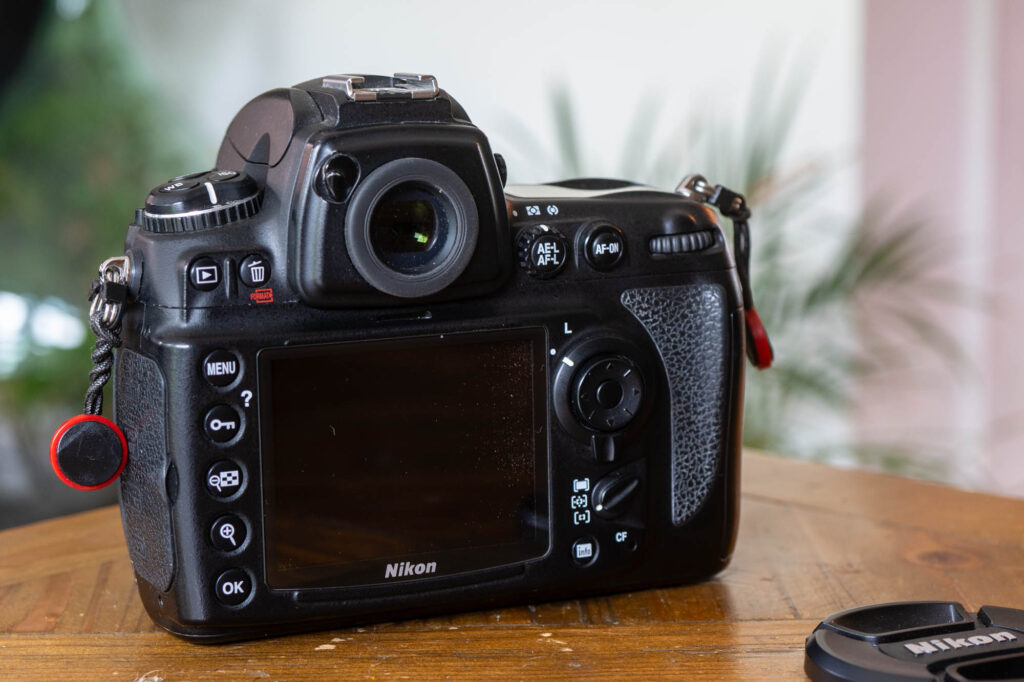
A couple of issues
For all this said, there are a couple of issues. To kick off, there’s the fact that mirrorless cameras totally spoil photographers when it comes to framing and getting the exposure correct. Framing using the option of either a viewfinder or an articulated screen allows for eye-level framing as well as low and high level. I can put the camera to my eye, or I can use the screen. I can treat the camera like a TLR which often changes how a human subject interacts with the camera – this I’ve found especially the case when photographing my kids and niece. They often don’t even notice when I’m taking photos of them.
And then there’s getting correct exposure. Using a screen that shows a fairly accurate representation of the image that’s about to be taken – especially in terms of exposure – makes life very easy. Add an exposure compensation dial into the mix and it’s hard to go wrong. These factors, and the excellent AF are what’ve seen me using my Sony so much more over the last year or so. Perhaps I’ve become lazy – I’ve certainly changed my tune compared to when I wrote my Sony A7rii review where I was essentially complaining about how easy all this stuff made photography. One way or another, the Nikon D700 just doesn’t have these features. In fact, not only is the screen not live view or articulated, it doesn’t even provide that good a representation of the image in play-mode.
In reality, these factors range from being an issue to being something I appreciate. One minute I find myself in a position where I want to be able to frame really low to the ground without having to lie on the floor and I wish I had my Sony. The next I’m revelling in the simplicity of the camera, or remembering the joy of using a big bright through-the-lens optical viewfinder. Swings and roundabouts, I guess…
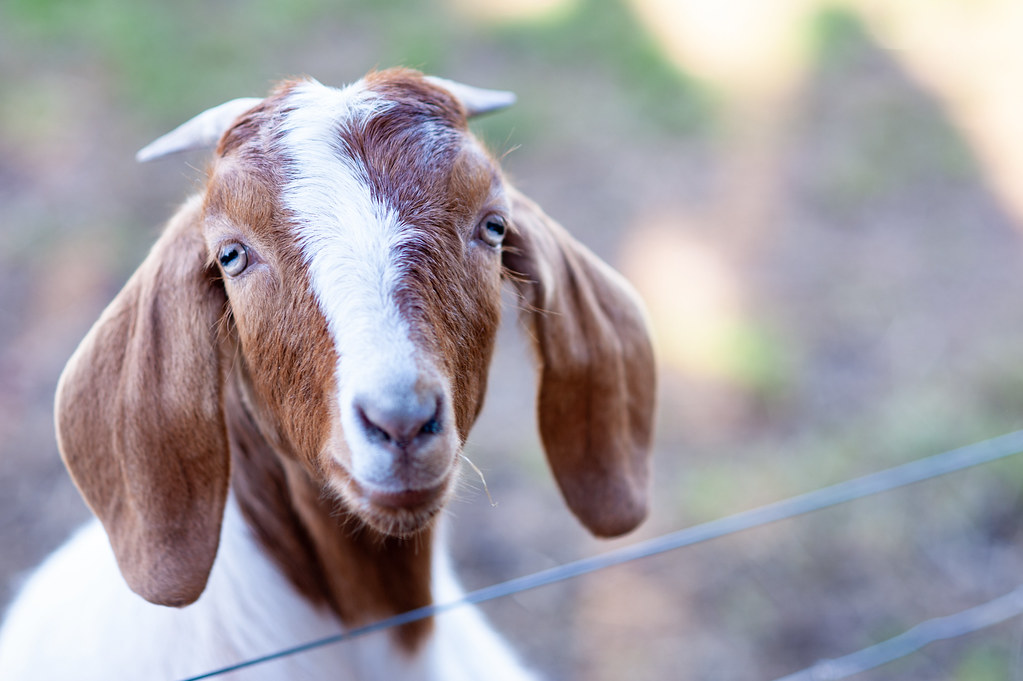
There is one near-fatal issue that I have and don’t feel I can avoid with the Nikon D700 though, and that’s the size and weight of it. It’s smaller and lighter than a D3, that’s for certain, but it’s a damn slight heavier than a Sony A7cii. I’m older and creakier then I was when I was shooting one of these cameras the first time around, and I definitely feel like I notice the extra weight more than I used to. Perhaps there’s an element of just being more used to lighter cameras and therefore it’s a relative issue. But, I have found on every occasion I’ve taken the D700 I’ve tired of it’s weight and bulk by the end of the day’s shooting. How I used to work with one of these with a 70-200 hanging off it, and my D3 with 24-70 hanging off that, I have no idea. I definitely wouldn’t want to do that now!
It’s actually this weight that has had me thinking about switching to a lighter model. I’ve been looking at the Df which is indeed a little lighter, and – to relate back to an early tangent – works with pre-AI lenses thanks to the AI lever having the option to be folded away. This is a feature I don’t think any of the other full frame DSLRs that Nikon have ever made have. But, they’re near £1000 used, and I just can’t justify that sort of cash at the moment – especially when I can mount those same pre-AI lenses to my Sony with my Techart adapter and have them work as AF lenses! And as much as I think I would enjoy the Df as a camera, there’s just something satisfying about shooting with a high end, full frame camera that only cost me £200.
Since drafting this post, I have ended up buying a Nikon D90. This is a camera from roughly the same era as the Nikon D700, but is APS-C and a lot smaller and lighter. If I click with it, I will report back…
Nikon D700 Sample Photos
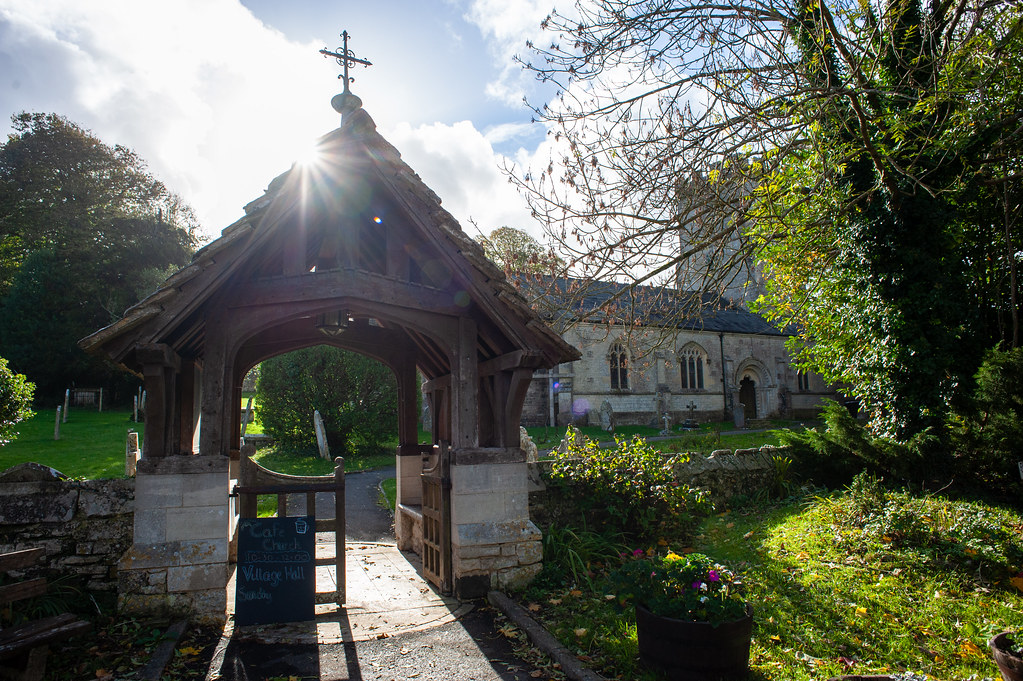
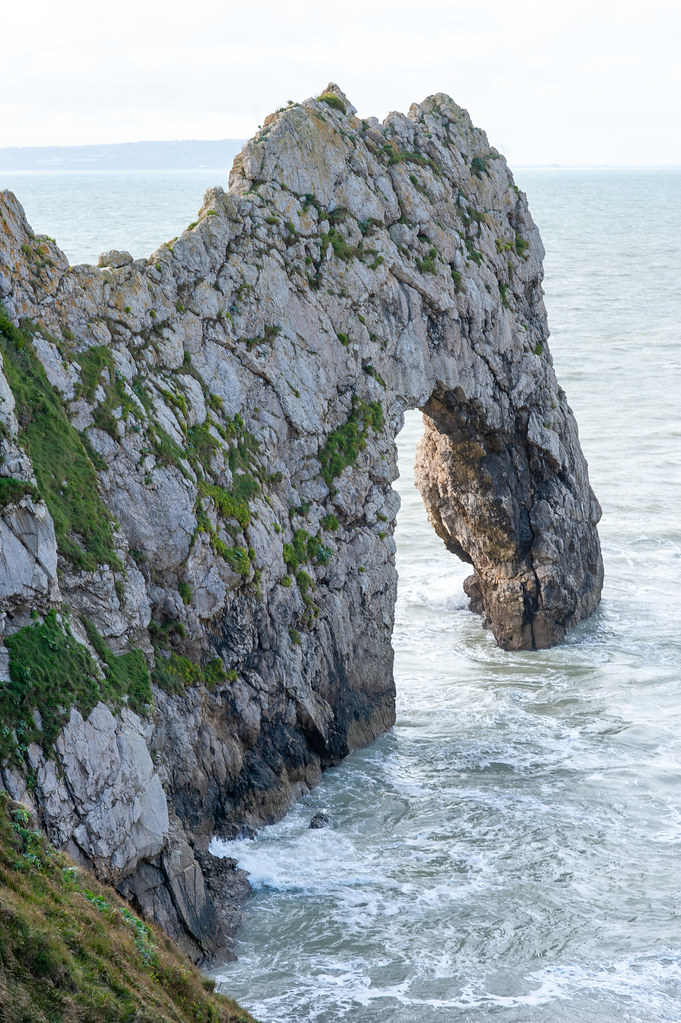
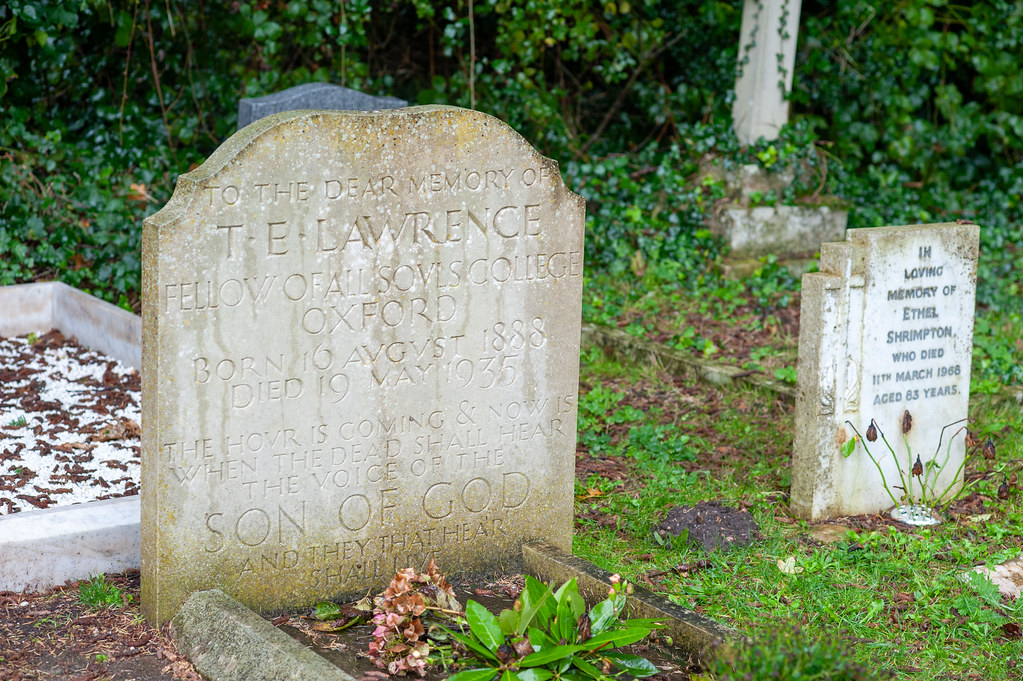
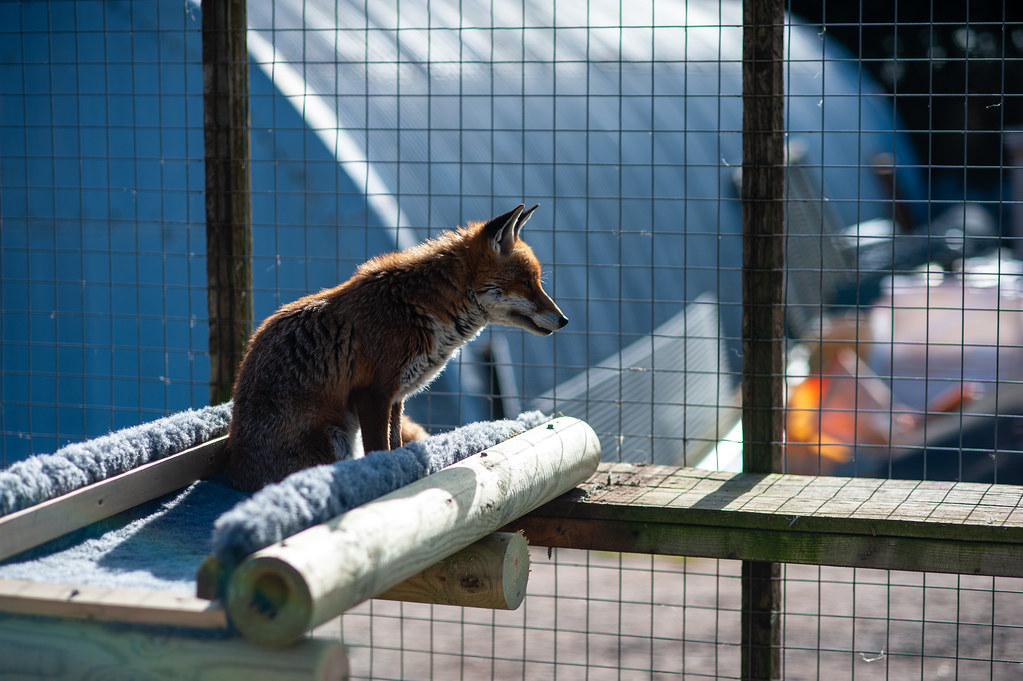
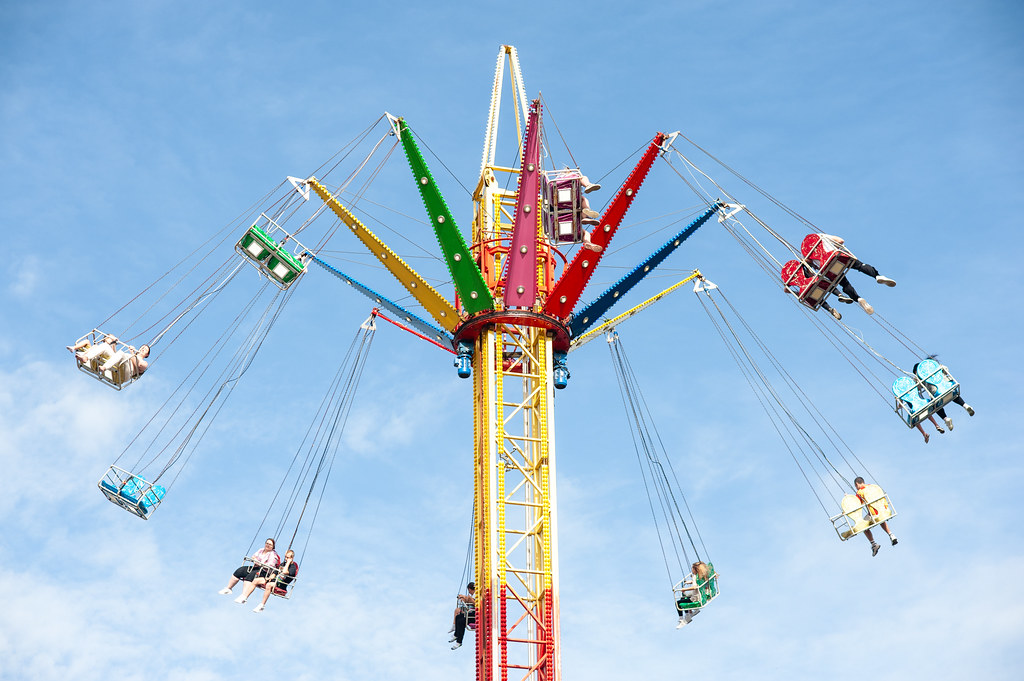
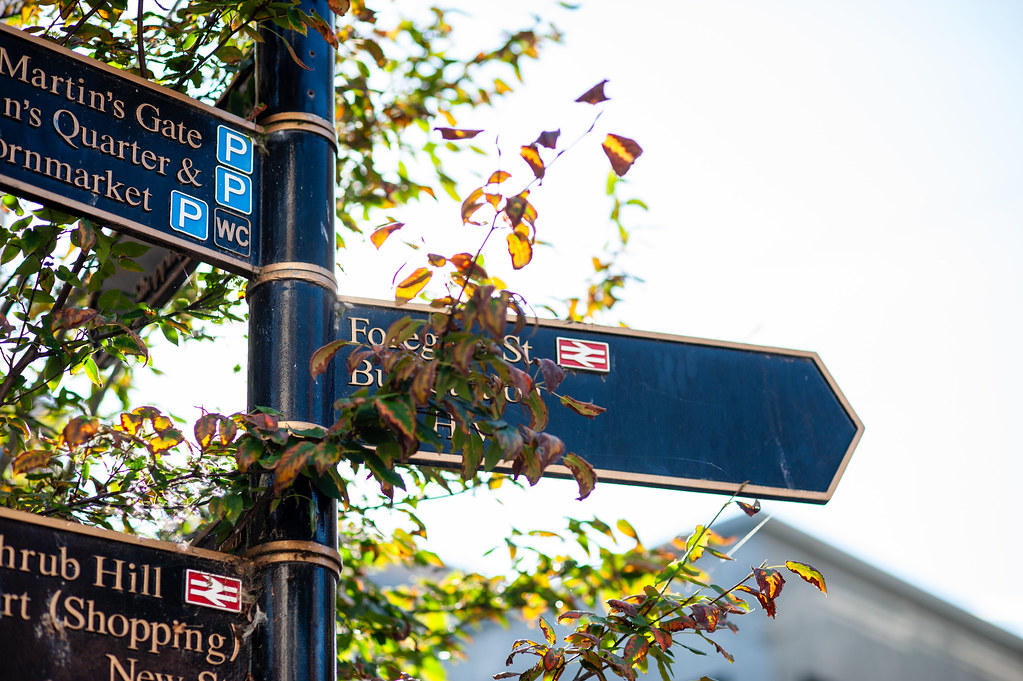
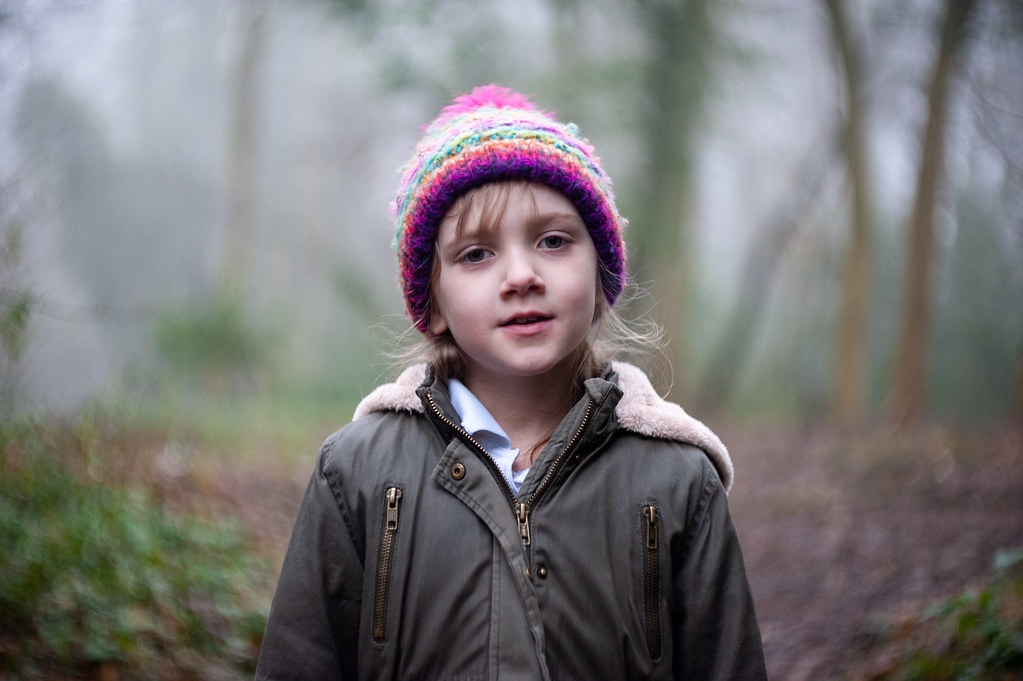
Final thoughts on the Nikon D700
As you might gather I’m not about to tell you that the Nikon D700 is my new everyday carry camera. In fact, since starting to write this, I’ve actually started shooting my recently acquired F100 a lot more. Though what’s significant about that is that I started picking it up as I wanted to shoot my current favourite lens – the Nikon 85mm 1.8 Af-D – without quite as much weight around my neck as the D700. The Nikon D700 made the F100 feel light – which is funny (if you’re me) as every time I have previously sold an F100 it’s because I thought it was too heavy. Now the F80 – which I have previously favoured over the F100 – feels too light. Maybe I should buy another D3 so as to feel more happy with the D700…
Anyway, I digress. My point is I’m not carrying the Nikon D700 everywhere I go. Even acknowledging my apparent ability to be swayed by perspective, it really is too heavy for me to want to lug around all the time. But, just because I don’t want to take it every place I go, doesn’t mean I’m not motivated to take it some of the places I go. For a digital camera it just gives me a shooting experience I can’t help but enjoy. It’s true that I’m now sold on Sony cameras for a large percentage of both my personal and professional work, but shooting the Nikon D700 makes me feel like that relationship with the Sonys is almost like some sort of case of Stockholm Syndrome. I’ve just spent so much time with them that I’ve forced myself to forgive them all their shortcomings.
Shooting the Nikon D700 is like a breath of fresh air by comparison. Yes it’s big and heavy, but my familiarity with it as a camera, as well as my wider familiarity with Nikon cameras – and it’s design ethos as a professional spec camera that lacks pretty much anything superfluous – makes for a shooting experience that I personally love. And that’s before I’ve even looked at the results, which take less effort for me to make look exactly how I like my images to look. So yeah, for the 2023 price of around £2-300 the Nikon D700 seems like a total bargain of a camera to me. I shall be keeping this one for a little while I think.
Share this post:
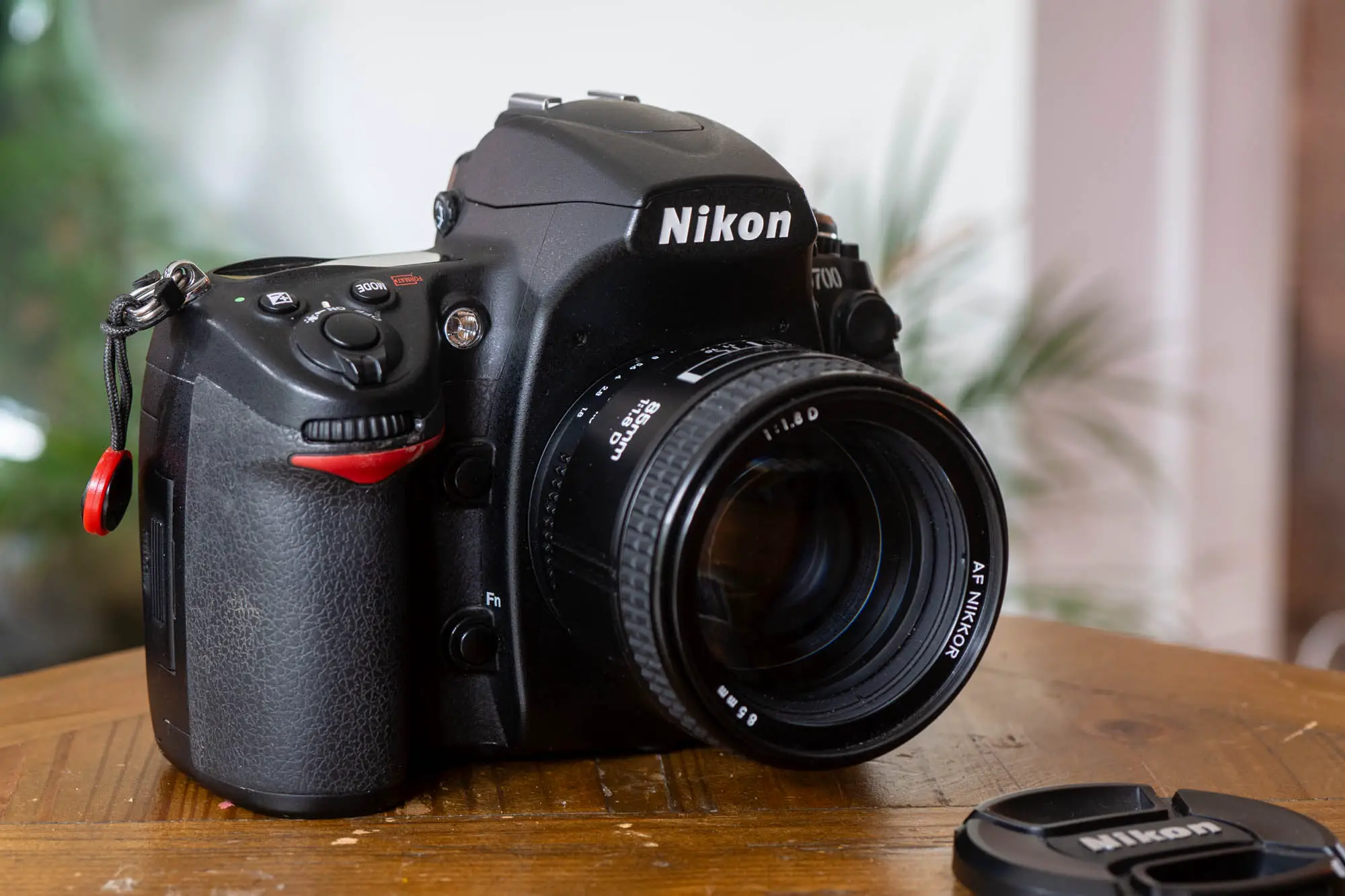
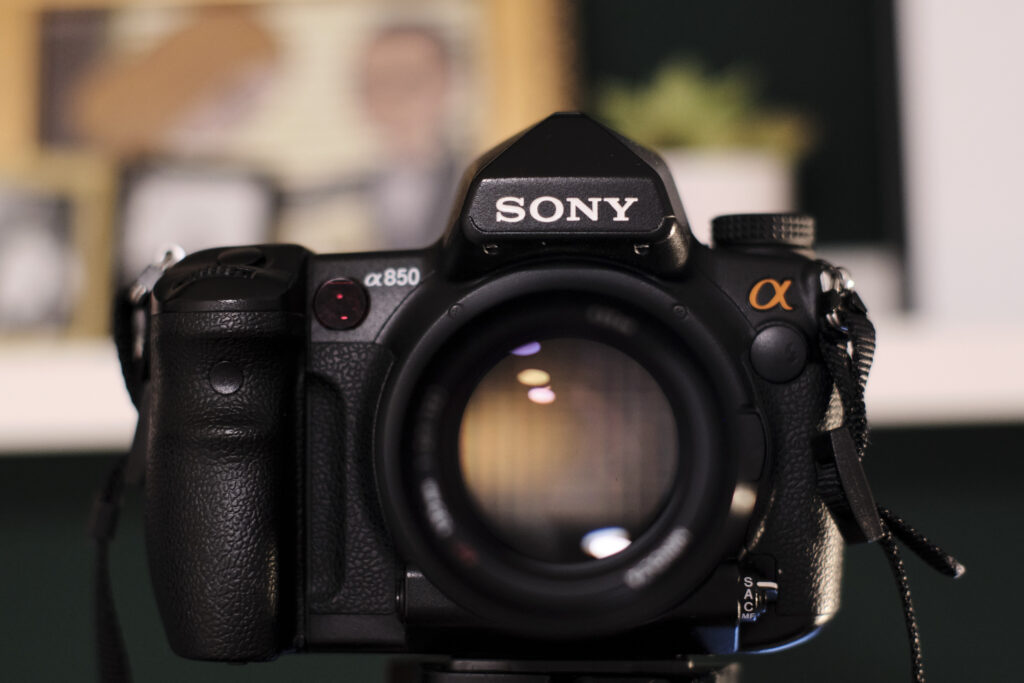
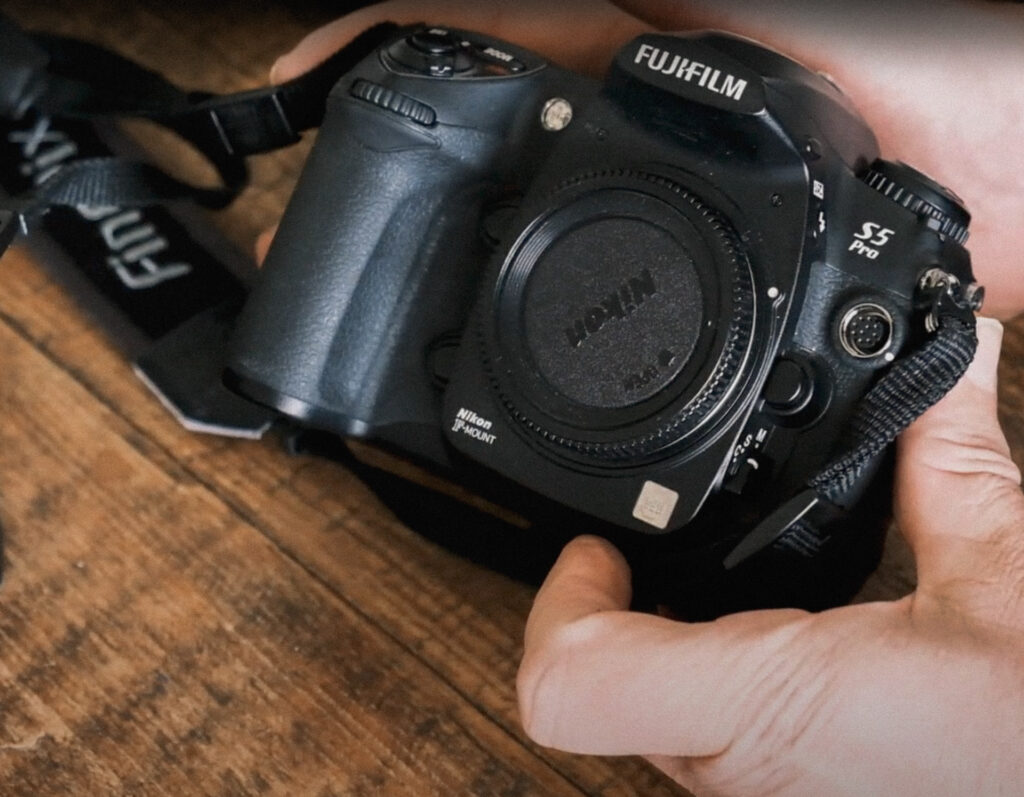
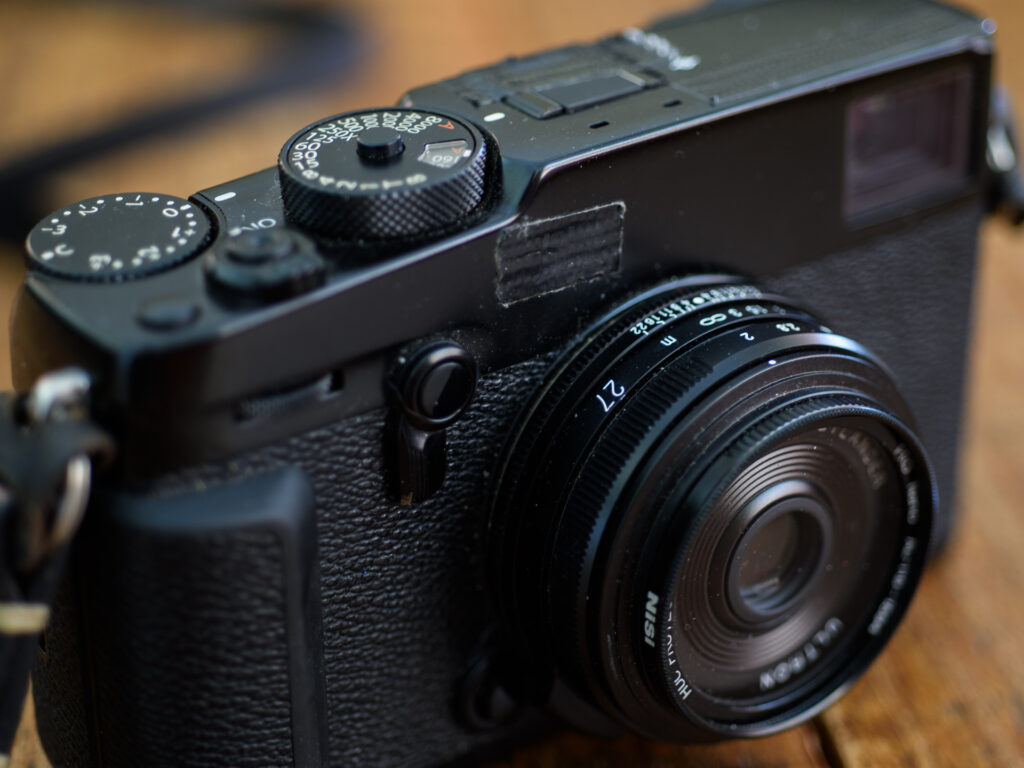
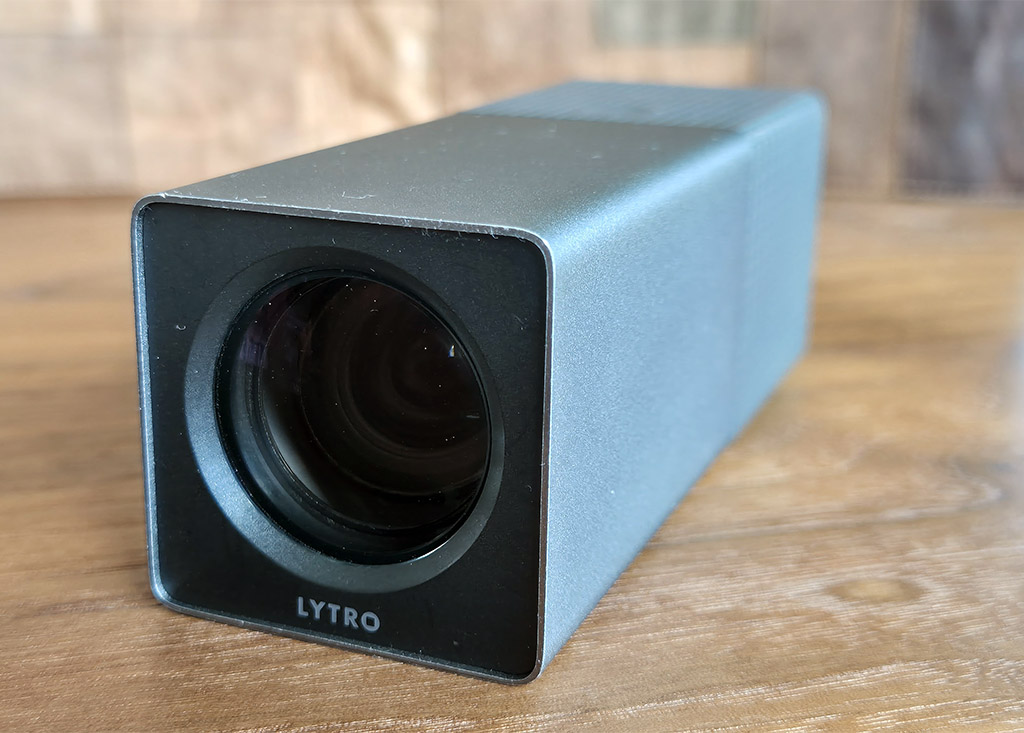




Comments
Paul Quellin on Nikon D700 – a 2023 Review of a Classic Full Frame DSLR
Comment posted: 06/11/2023
Comment posted: 06/11/2023
Comment posted: 06/11/2023
Philippe on Nikon D700 – a 2023 Review of a Classic Full Frame DSLR
Comment posted: 06/11/2023
Comment posted: 06/11/2023
Tony K on Nikon D700 – a 2023 Review of a Classic Full Frame DSLR
Comment posted: 06/11/2023
Comment posted: 06/11/2023
Comment posted: 06/11/2023
Comment posted: 06/11/2023
Comment posted: 06/11/2023
Stephan on Nikon D700 – a 2023 Review of a Classic Full Frame DSLR
Comment posted: 06/11/2023
Comment posted: 06/11/2023
Christopher Emerick on Nikon D700 – a 2023 Review of a Classic Full Frame DSLR
Comment posted: 06/11/2023
Comment posted: 06/11/2023
Comment posted: 06/11/2023
Comment posted: 06/11/2023
Comment posted: 06/11/2023
Comment posted: 06/11/2023
Comment posted: 06/11/2023
Comment posted: 06/11/2023
rick on Nikon D700 – a 2023 Review of a Classic Full Frame DSLR
Comment posted: 06/11/2023
Ive recently bought a D750 which although doesnt have the same colour "magic" as the D700, it is noticeably lighter and with a crisper shutter sound (albeit with a couple of other drawbacks). They are both super cameras though that give access to all the F mount lenses, wether they are D or G - many can be had for good prices and they are also not the size of rocket launchers like today's expensive, bulky and debatably over-engineered glass.
One correction - the D700 has fantastic colour output - but it is not a CCD sensor, it is CMOS. I may be wrong but I dont think Nikon ever made a full frame CCD, all the CCDs were DX - such as in the D70.
Comment posted: 06/11/2023
Comment posted: 06/11/2023
Comment posted: 06/11/2023
Comment posted: 06/11/2023
Mike W. on Nikon D700 – a 2023 Review of a Classic Full Frame DSLR
Comment posted: 06/11/2023
@Hamish, I did notice your Flickr photostream had a lot of D700 tags recently, so I wondered if an article would appear :)
Comment posted: 06/11/2023
Comment posted: 06/11/2023
Comment posted: 06/11/2023
Comment posted: 06/11/2023
Comment posted: 06/11/2023
Dogman on Nikon D700 – a 2023 Review of a Classic Full Frame DSLR
Comment posted: 06/11/2023
I started my photography with the Nikon F and I used Nikons during a 15-year career in news photography. As a civilian, I switched to Canon because the AF was better and I later got into digital using Canon. During this entire film period (in which I also used Leicas) the films I used most were Tri-X and HP5 with a smattering of PanF. Also some color transparency film but that's another story. B&W was always my favorite medium...still is.
My first digital Nikon was the D800. A fine camera I still enjoy using alongside a D810. But the B&W files from these cameras look like medium format. They lack that 35mm Tri-X/HP5 attitude--snappy, gnarly, grainy and sassy. But also pleasant in tonality. I was also able to finesse the processing of those films to reduce the in-your-face grain and contrast when necessary. The D700 (and the D3 as well) have been the only cameras that have satisfied those objectives digitally and, even then, I need to process the files in tweaked recipes from Silver Efex for the last bit of 35mm personality.
Size and weight. Yep. Big and heavy. But I'm almost 76 years old with limited mobility and I still use these cameras. I'm not able to be on my feet for hours at a time anymore so maybe that's why the weight and size do not matter as much. I might feel differently if I had to lug one or two around all day.
Some people find limitations to the cameras whereas I find these limitations to be features. The OVF is, IMO, significantly better than the best EVF over a wide range of uses. The only mirrorless cameras I now use are Fuji X-Pros and X100 models. They're my digital Leicas and they have good optical viewfinders. The files aren't as nice as the D700/D3 B&W files but they're good. Play with them enough in Silver Efex and Lightroom and they can look very nice. And, yes, they are considerably lighter than the Nikons.
Hamish, I enjoyed the article (except for the mistake on type of sensor). The 3D look is there if you look for it. It's even easier to see if you use Carl Zeiss ZF.2 lenses on the Nikons. That's a great combination. Finding gently used D700 and D3 cameras will get harder as time goes by. I've stocked up on them myself--multiple bodies of each. I expect I will wear out long before all my Nikons.
Comment posted: 06/11/2023
Comment posted: 06/11/2023
Comment posted: 06/11/2023
Comment posted: 06/11/2023
Comment posted: 06/11/2023
Mike on Nikon D700 – a 2023 Review of a Classic Full Frame DSLR
Comment posted: 06/11/2023
Dave Powell on Nikon D700 – a 2023 Review of a Classic Full Frame DSLR
Comment posted: 06/11/2023
I profiled another lesser-known aspect of the whole CCD vs CMOS debate in one of my first 35mmc articles (https://www.35mmc.com/24/09/2022/some-rolling-shutter-fun-from-a-moving-bus-by-dave-powell/). The "Rolling-Shutter Effect" occurs in many film and digital cameras. (It is, for example, why spinning propellers look mysteriously bent and broken in digital movies.) CMOS cameras like my Lumix ZS100 point-and-shoot may expose their entire sensor to light, but they load the collected pixel data into memory line-by-line for processing... and distort moving subjects. CCD sensors, on the other hand, are called “global sensors” because they read, process and store all image data at one time… and don’t exhibit the effect.
So the lovely photo of your daughter (?) getting a hug may also contain a microscopic amount of Rolling-Shutter distortion of her head movement... distortion that would not occur with a CCD sensor. And yes, her head wasn't moving nearly fast enough for the effect to be noticeable. But my above-linked article shows what CMOS sensors CAN do to speedier subjects!
Cheers, my friend!
Comment posted: 06/11/2023
Yant Martin-Keyte on Nikon D700 – a 2023 Review of a Classic Full Frame DSLR
Comment posted: 06/11/2023
I've been really enjoying it, it pairs nicely with the F80/100 and with the mb d10 grip is so comfortable. The comfort goes some way to negate the effect of.the weight I find.
Comment posted: 06/11/2023
David Young on Nikon D700 – a 2023 Review of a Classic Full Frame DSLR
Comment posted: 06/11/2023
Had both and loved the Df a little bit more, particularly with the 58 1.4 which is a beautiful lens. One of those combinations that got away, that shouldn’t have.
Sadly the Df is still pricey - used prices seem to be on a par with what I sold mine for about 6 years ago.
Marek on Nikon D700 – a 2023 Review of a Classic Full Frame DSLR
Comment posted: 06/11/2023
Comment posted: 06/11/2023
Kary Schumpert on Nikon D700 – a 2023 Review of a Classic Full Frame DSLR
Comment posted: 06/11/2023
Comment posted: 06/11/2023
Gil Aegerter on Nikon D700 – a 2023 Review of a Classic Full Frame DSLR
Comment posted: 06/11/2023
Comment posted: 06/11/2023
Ansgar Book on Nikon D700 – a 2023 Review of a Classic Full Frame DSLR
Comment posted: 07/11/2023
https://flic.kr/p/2peh11B
Comment posted: 07/11/2023
Frederik on Nikon D700 – a 2023 Review of a Classic Full Frame DSLR
Comment posted: 07/11/2023
thank you for your good review, every word you say about these two camera's I can agree with. As a serious photographer I use them regurly and enjoy making pictures with them. I am really surprised how well you can recover shadows without running into issues with the D700.
Keep the good work up,
Kind regards Frederik
Comment posted: 07/11/2023
Alan Starkie on Nikon D700 – a 2023 Review of a Classic Full Frame DSLR
Comment posted: 07/11/2023
davesurrey on Nikon D700 – a 2023 Review of a Classic Full Frame DSLR
Comment posted: 07/11/2023
Then about the same time there was a local auction of a load of almost new Nikon digital cameras and I bagged myself a Nikon DX1 and DX2 complete with batteries, chargers etc for about £80 total. Bargain!
I convinced myself they would offer a better way to check out the lenses in various configurations, cheaper and quicker than using a load of film. Yes they weigh a ton but there is something nostalgic about using them, even though I never owned them in the past. A bit like my Canon D30 (not 30D btw.)
What is interesting is that there can be a slight difference between the D1X with its CCD and the D2X and its CMOS, but one has to struggle to see it. At least I do. “A smoother, more film like quality” is how someone put it. I’ve also heard that it just might be something to do with the thinner CFA that CMOS had to use to increase low light sensitivity. But it may be a bit like those who swear they can hear the improvement using hyper-expensive oxygen-free speaker cables in their HiFis.
Comment posted: 07/11/2023
James on Nikon D700 – a 2023 Review of a Classic Full Frame DSLR
Comment posted: 07/11/2023
Comment posted: 07/11/2023
David Hume on Nikon D700 – a 2023 Review of a Classic Full Frame DSLR
Comment posted: 07/11/2023
It made me pull the D700 out of the bag and... Jeeze it's big. (Back in the day I shot the D700 with the battery pack and zooms; the battery pack for ergonomics and to make it look like I was pro enough to have a D3)
You well know you need a Df - but I would say to make you feel better that your fave 85mm 1.8 actually feels a bit nicer on the D700 than on the Df. I think the 85 is as big/heavy as I'd want to go on the Df, and it is just pushing the ideal weight a bit far.
On the Df I think the sweet (and sweet it is!) spot is the 50 1.4 AFD. Luckily for me 50mm seems to be my fave focal length, but I love those shots of yours with the 85.
For me this whole thing highlights also just how much I love those early AFD primes - for IQ and ergonomics. And for me they work so nicely with those (the D3/D4) sensors. And this is great because of course the elephant that has just walked into the room is the Zf.... which I have not yet touched. But with a Z to F adapter on it it gets way fatter and thus makes the Df thinner.
And oddly - I have just spent a whole week down the CCD-CMOS rabbit hole, to the extent that I am seriously thinking of picking up a D200 to try and have just asked a friend if she still has hers for me to borrow. But I remember moving from the D70 to the D700 when I was in the middle of a job shooting a cookbook, and the D700 was just so much better in every way I never shot the D70 ever again and just gave it to a charity shop a couple of yrs ago.
Cheers!
Comment posted: 07/11/2023
Comment posted: 07/11/2023
Philip Boreham on Nikon D700 – a 2023 Review of a Classic Full Frame DSLR
Comment posted: 08/11/2023
Peter on Nikon D700 – a 2023 Review of a Classic Full Frame DSLR
Comment posted: 10/11/2023
One thing I can’t fathom is why everybody other than myself seems to think the Nikon DSLR interface & menus are easier than the Sony. Every time I pick up my D810 for work - I wouldn’t shoot it for pleasure - I’m left scrolling to find whether the immediate things I need access to are in the ‘shooting’ or ‘custom’ menu or behind one of the plethora of physical buttons and have the manual packed in the bag, just in case. I’ve needed it. For some reason, with Sony’s menus I never had to look up anything, whatever I want is always accessible in a menu roughly where I’d expect it to be.
And with Nikon, even the colour design of the menus reminds me of the cold, grey, miserable menus you’d find on 1990s industrial controllers. The Sony menu, although not Leica level nice to look at, looks a lot better to me.
Mike on Nikon D700 – a 2023 Review of a Classic Full Frame DSLR
Comment posted: 10/11/2023
Comment posted: 10/11/2023
Peter on Nikon D700 – a 2023 Review of a Classic Full Frame DSLR
Comment posted: 12/11/2023
With the user interface design I’ve come to the conclusion that people must have relatively innately (or maybe learned) different ways of processing info, manifesting in feeling more or less ‘at home’ with different heuristics. I don’t have a lot of company in preferring the Sony menus to Nikon’s implementation. I got on well with the Canon 5Dmkii though, which I found a pleasure to use as my first full frame digital before moving to the D810 for the sensor.
All that said, I do really like Nikon’s film SLRs. Still have and use an F100 as well (so competent), and a wonderfully simple FE and F2. I’d absolutely love a Nikon mirrorless stripped to the same features as the FE, no menu system on camera. A totally self indulgent hobby camera like the no-screen Leica from few years ago without the Veblen pricetag ;-)
Comment posted: 12/11/2023
JOHN LOCKWOOD on Nikon D700 – a 2023 Review of a Classic Full Frame DSLR
Comment posted: 12/11/2023
Philip Lambert on Nikon D700 – a 2023 Review of a Classic Full Frame DSLR
Comment posted: 21/11/2023
Thanks
Phil
Comment posted: 21/11/2023
daniel dytrych on Nikon D700 – a 2023 Review of a Classic Full Frame DSLR
Comment posted: 19/02/2024